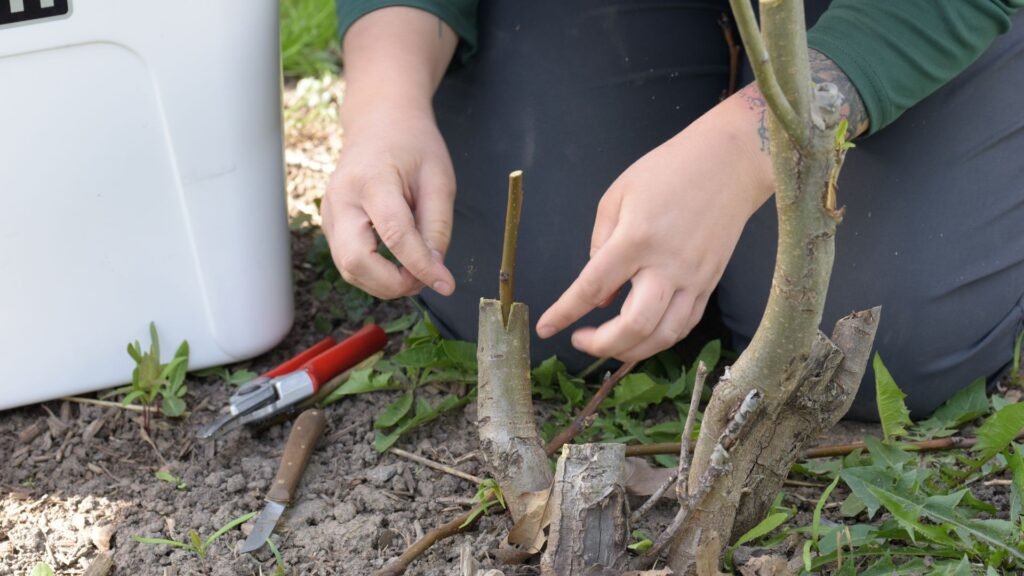Grafting, the art of combining plant tissues to propagate desirable characteristics, is a skill revered by gardeners and horticulturists alike. In this comprehensive guide, we delve into the intricacies of grafting techniques, unraveling the steps necessary for success.
**Understanding Grafting Fundamentals**
Grafting fundamentally involves merging the tissues of two plants to create a single, thriving organism. The process typically entails joining a scion (the desired plant) with a rootstock (the base plant). The scion contributes sought-after traits, such as fruit quality or flower color, while the rootstock provides a robust root system for support and nutrient uptake.
**Selecting the Right Materials**
Key to successful grafting is selecting compatible plant varieties and ensuring they are in optimal condition. Scions should be chosen from healthy, disease-free plants, while rootstocks should possess sturdy root systems. Additionally, tools must be sanitized to prevent disease transmission.
**Executing the Graft**
The grafting process begins with meticulous pruning of both scion and rootstock to facilitate a seamless union. Careful attention is paid to aligning cambium layers—the living tissue responsible for nutrient transport—between the scion and rootstock, ensuring efficient nutrient exchange.
**Securing the Graft**
Once aligned, the scion and rootstock are firmly bound together using grafting tape or rubber bands. This secures the union and prevents desiccation while allowing for nutrient flow between the two components. Proper sealing of the graft site is crucial to prevent infection and promote healing.
**Creating a Sterile Environment**
Post-grafting, creating a sterile environment is paramount to prevent contamination and promote healing. Wrapping the graft site with grafting wax or sealing compound shields it from pathogens and environmental stressors, facilitating successful integration.
**Caring for the Grafted Plant**
Aftercare involves providing optimal conditions for the grafted plant to thrive. This includes maintaining adequate moisture levels, monitoring for signs of stress or disease, and providing support as needed. With proper care, the grafted plant will establish itself and showcase the desired traits.
**Conclusion**
Mastering grafting techniques opens a realm of possibilities for gardeners and cultivators. By understanding the principles of grafting and following precise procedures, enthusiasts can propagate plants with desired characteristics, unlocking a world of botanical diversity. With patience, practice, and attention to detail, grafting becomes not just a skill but an art form, enriching landscapes and yielding bountiful harvests.

